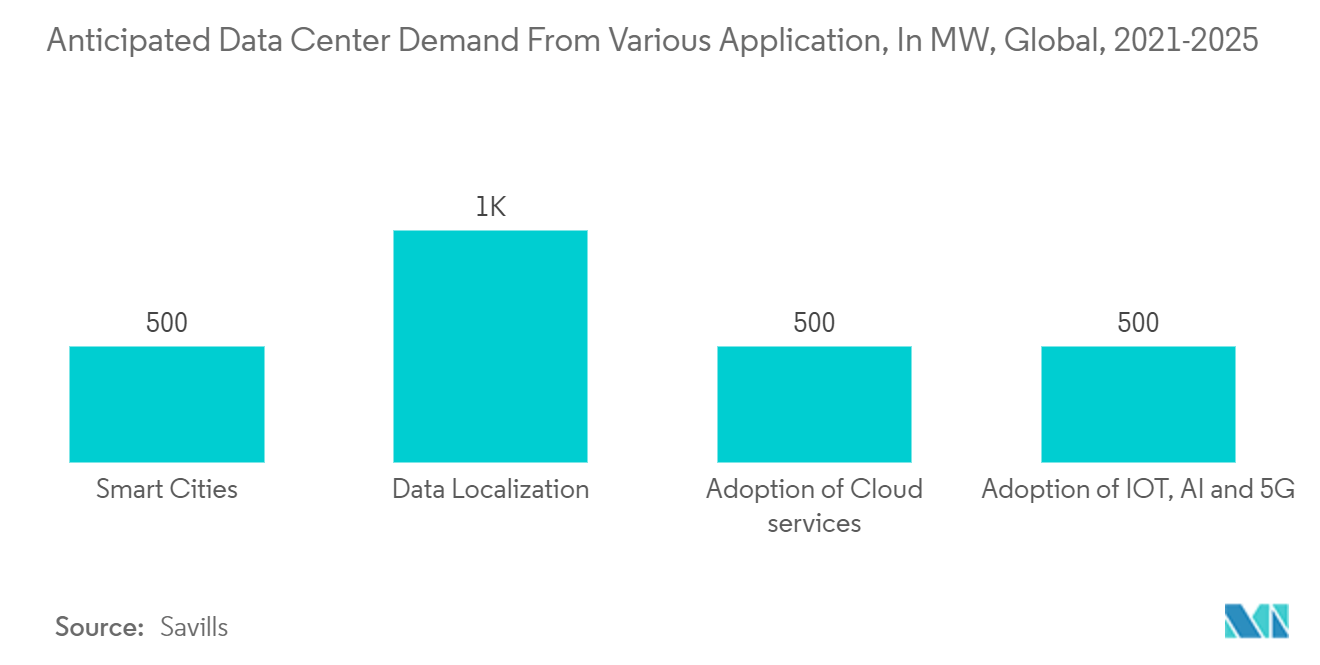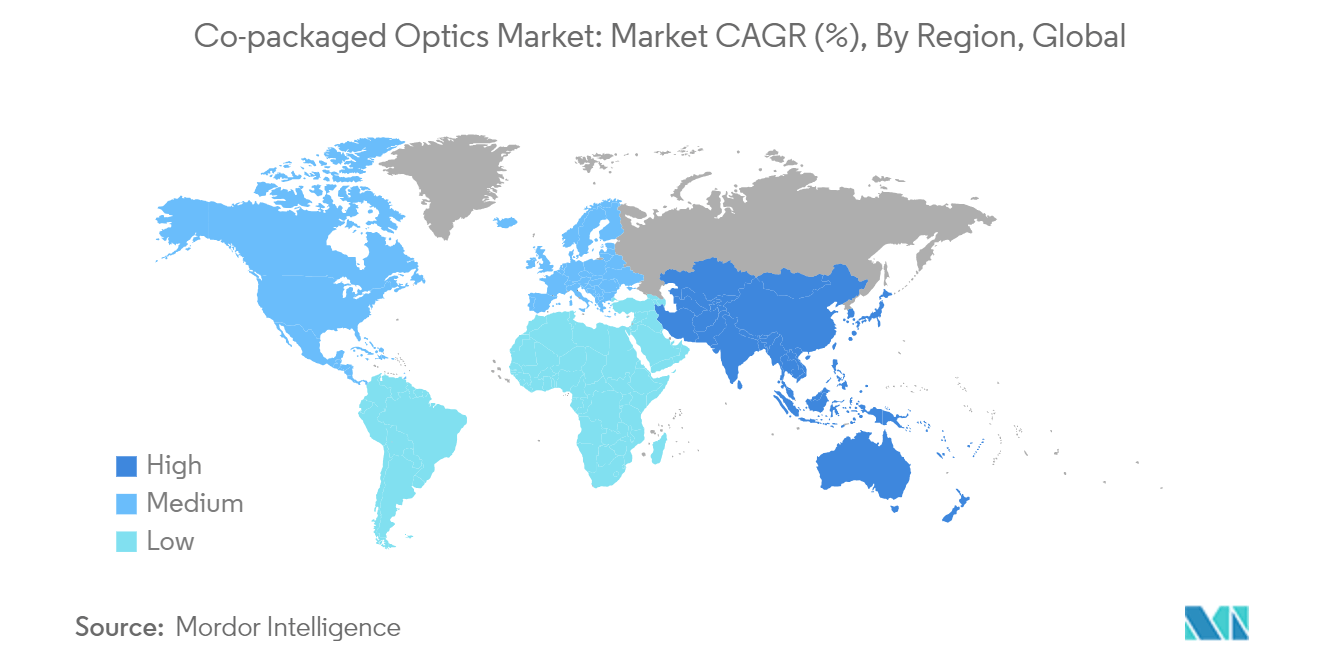Market Trends of Co-packaged Optics Industry
Growth in High-performance Computing
- High-performance computing (HPC) is rapidly growing due to increasing demands for data centers, complex simulations, large-scale data processing, and advanced scientific research. This growth significantly drives the trend and development in co-packaged computing (CPC), where processors, memory, or other critical components are integrated into a single package. HPC applications often require massive data processing capabilities, and traditional interconnects between separate chips can become bottlenecks. CPC addresses this by integrating components closely, reducing latency, and increasing data throughput, which is essential for HPC workloads.
- By packaging computing elements together, CPC enhances performance and efficiency. This integration reduces the distance data needs to travel, cutting energy consumption and improving overall performance, which is crucial for HPC systems that operate at high power and require optimal energy utilization. High-performance computations generate significant heat, and CPC helps manage this by allowing for more efficient thermal solutions. Since components are packaged in proximity, better heat dissipation strategies can be tailored specifically for HPC environments.
- Scalability is another critical factor for HPC systems, which demand the ability to handle increasing computational loads. CPC offers a modular approach where additional processing power can be added without the complexities associated with traditional multi-chip setups. This modularity supports the scalable nature of HPC infrastructures. Moreover, advances in semiconductor fabrication, driven by the needs of HPC, are making CPC more viable and cost-effective. Techniques like 3D stacking and advanced interconnects are being developed to meet the stringent performance and integration requirements of HPC, further propelling the adoption of CPC.
- Reducing communication overhead between processors and memory is crucial for maintaining high performance in HPC. CPC significantly reduces this overhead by integrating these components within a single package, enabling faster and more efficient data exchanges. While initially expensive, the economies of scale driven by HPC demand are reducing the costs associated with CPC technologies. As HPC grows, the larger volumes and continuous advancements help reduce costs, making CPC more accessible and widespread.

Asia-Pacific is Expected to Hold Significant Market Share
- The co-packaged optics market in Asia-Pacific is experiencing significant growth, driven by rapid advancements in data centers, telecommunications, and high-performance computing sectors.
- Countries like China, Japan, and South Korea are at the forefront, investing heavily in next-generation network infrastructure to support the exponential increase in data traffic and the demand for faster, more efficient data transmission solutions. For instance, in November 2023, China's three main telecom operators reported a combined net increase of around 26 million 5G package subscribers. This brought their total 5G package subscriber base to nearly 1.348 billion. By the end of November, 5G package subscribers made up 78.6% and 77.3% of China Mobile's and China Telecom's total mobile subscriber bases, respectively.
- The region's strong manufacturing base, coupled with supportive government policies and substantial R&D investments, is fostering innovation in co-packaged optics technology. Additionally, the presence of major tech companies and semiconductor manufacturers in Asia-Pacific is accelerating the adoption and development of these advanced optical solutions.
- This market’s growth is further propelled by the increasing implementation of 5G networks, the expansion of cloud services, and the continuous evolution of AI and IoT applications, positioning Asia-Pacific as a critical player in the global co-packaged optics landscape. According to Ericsson, 5G is projected to reach approximately 620 million subscriptions in Southeast Asia and Oceania by the end of 2028.


